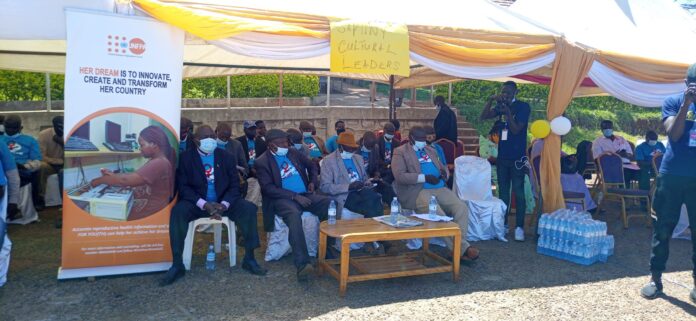Genital mutilation, also known as female genital cutting or female genital mutilation/cutting (FGM/C), is a deeply rooted cultural practice in many parts of Africa, including Uganda. The practice involves the removal of some or all of the external female genitalia, including the clitoris and labia.
According to a 2016 survey by the Uganda Demographic and Health Survey, approximately 1 in 4 Ugandan women have undergone some form of genital mutilation. The practice is most prevalent in the eastern and northeastern regions of the country, where it is seen as a rite of passage and a way to ensure a girl’s eligibility for marriage.
Despite the prevalence of genital mutilation in Uganda, there has been a growing movement to end the practice. In 2010, the Ugandan government passed the Prohibition of Female Genital Mutilation Act, which criminalizes the practice and provides for severe penalties, including up to life imprisonment.
The law has been a critical tool in the fight against genital mutilation, but more needs to be done to change cultural attitudes and promote alternative practices. One organization working to end the practice is the Uganda Women’s Network (UWONET), which advocates for women’s rights and works to empower women and girls in Uganda.
Through its community-based programs, UWONET is working to educate communities about the dangers of genital mutilation and promote alternative practices, such as alternative rites of passage and education about sexual and reproductive health. The organization also works with law enforcement officials to enforce the Prohibition of Female Genital Mutilation Act and prosecute those who practice genital mutilation.
One of the challenges in ending genital mutilation in Uganda is changing deeply ingrained cultural attitudes. Many communities see the practice as a way to uphold traditions and maintain social cohesion. As such, education and awareness-raising are critical components of any effort to end genital mutilation.
Organizations like UWONET are also working to provide alternative economic opportunities for women and girls, as poverty is often a key driver of genital mutilation. By providing education and economic opportunities, these organizations hope to empower women and girls and provide them with the means to resist pressure to undergo genital mutilation.
Overall, ending genital mutilation in Uganda is a complex and challenging task, but it is essential for promoting gender equality, women’s rights, and ending violence against women. Through a combination of legal and social measures, education, and economic empowerment, we can work to create a future where genital mutilation is no longer a part of Ugandan culture.






